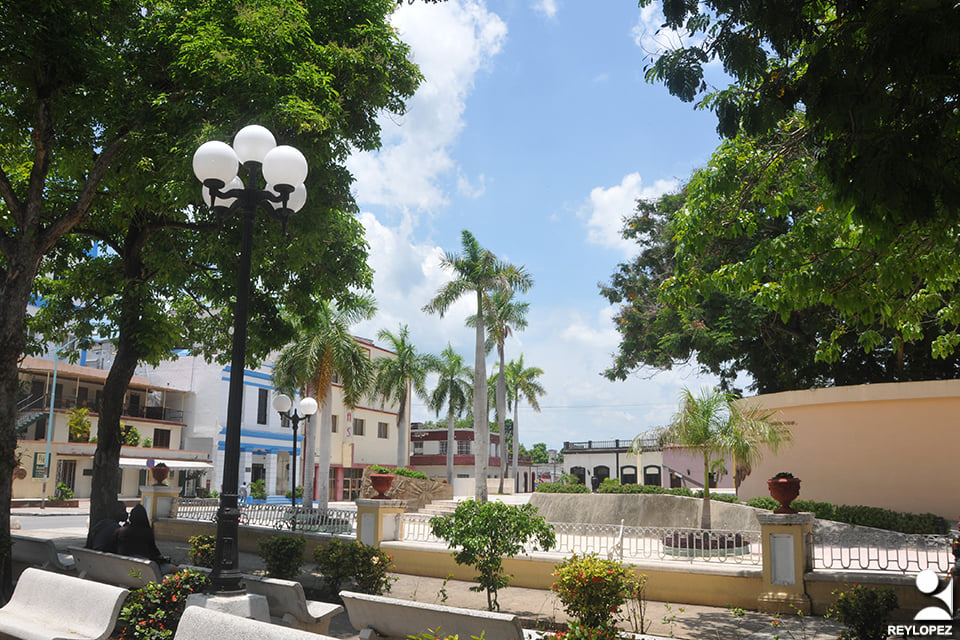
"I tell you, journalist, any time in the past was worse," exclaims Justino, the shoeshine man, with an acid countenance, while the black rag flies between his black hands over the black leather of a moccasin.
Las Tunas, Cuba.- He meditates, reminisces, evokes... Then he goes back to his old ways. "There's no one to tell me stories about before because I lived it all. I have a piece of a newspaper somewhere that tells what Victoria de las Tunas was like before Fidel arrived. Let me look for it. Let's see, let's see, let's see... Look, here it is... Read it!
It says, among other things, that, according to the 1953 census, the eastern region had 225,873 inhabitants and... only six hospitals! The number of beds was around 200, leaving out the rural sector, although 164,576 human beings lived there. However, 12 exclusive clinics offered services at not affordable prices. There were no more than 60 doctors, and most of them practiced private medicine. For the poor, the municipality only dedicated a health budget of 30,000 pesos.
My eyes are still glued to the old cutbacks. In terms of education, the outlook for Las Tunas was no less bleak. The number of illiterates exceeded 35 thousand. In the countryside, the situation was even more dramatic, because there were hardly any schools. The number of teachers was also tremendously meager, and almost all of them lacked the academic and pedagogical preparation necessary to take on the challenge of teaching. Only a few children of wealthy settlers went to university.
I continue. There were six sugar mills, the last one was built in 1915. In addition, there was a milk collection plant, a cookie factory, a noodle factory, two slaughterhouses, a packing plant, several artisan bakeries... and so on! and the list goes on and on!
Unemployment, misery, insalubrity, ignorance, prostitution, gambling, drugs, and repression constituted the dark oil of that ill-remembered period. The situation, by the way, was not an exclusive franchise of Victoria de las Tunas, it was a national evil! Something had to be done in Cuba to put a stop to it and establish a system of social justice "of the humble, by the humble and for the humble", as Fidel would later say. And an attempt was made: on July 26, 1953, in the aforementioned context, the assault on the Moncada Barracks took place.
The rest of the story is well known to Cubans. Fidel and his surviving comrades were prosecuted for the events of Santiago de Cuba, imprisoned and then, under popular pressure, amnestied. They went into exile in Mexico, from where they organized the expedition of the Granma yacht. They disembarked on the southern coast of the east, fought against Batista's Army, suffered casualties, the 12 men who remained took possession of the Sierra Maestra and there, together with the peasants of the mountains, founded the Rebel Army that made the Revolution.
The current panorama of Las Tunas has no connection with that of the period described in the clipping of Justino, the shoeshine man. Today we have more than half a million inhabitants, 13 hospitals, thousands of doctors, nursing homes, maternity homes, homes for children without family protection, vaccination campaigns, a legion of teachers, schools of all kinds, universities... There is no longer exploitation, unemployment, misery, repression, unhealthiness, ignorance, drugs, crimes...
We are proud of what we are, even in the face of the harassment of the usual enemy. Yes, Las Tunas is today a different oil painting. That July 26, 1953, brought about these realities. It was worth fighting for. And there will be more. Because any future time has to be better.






